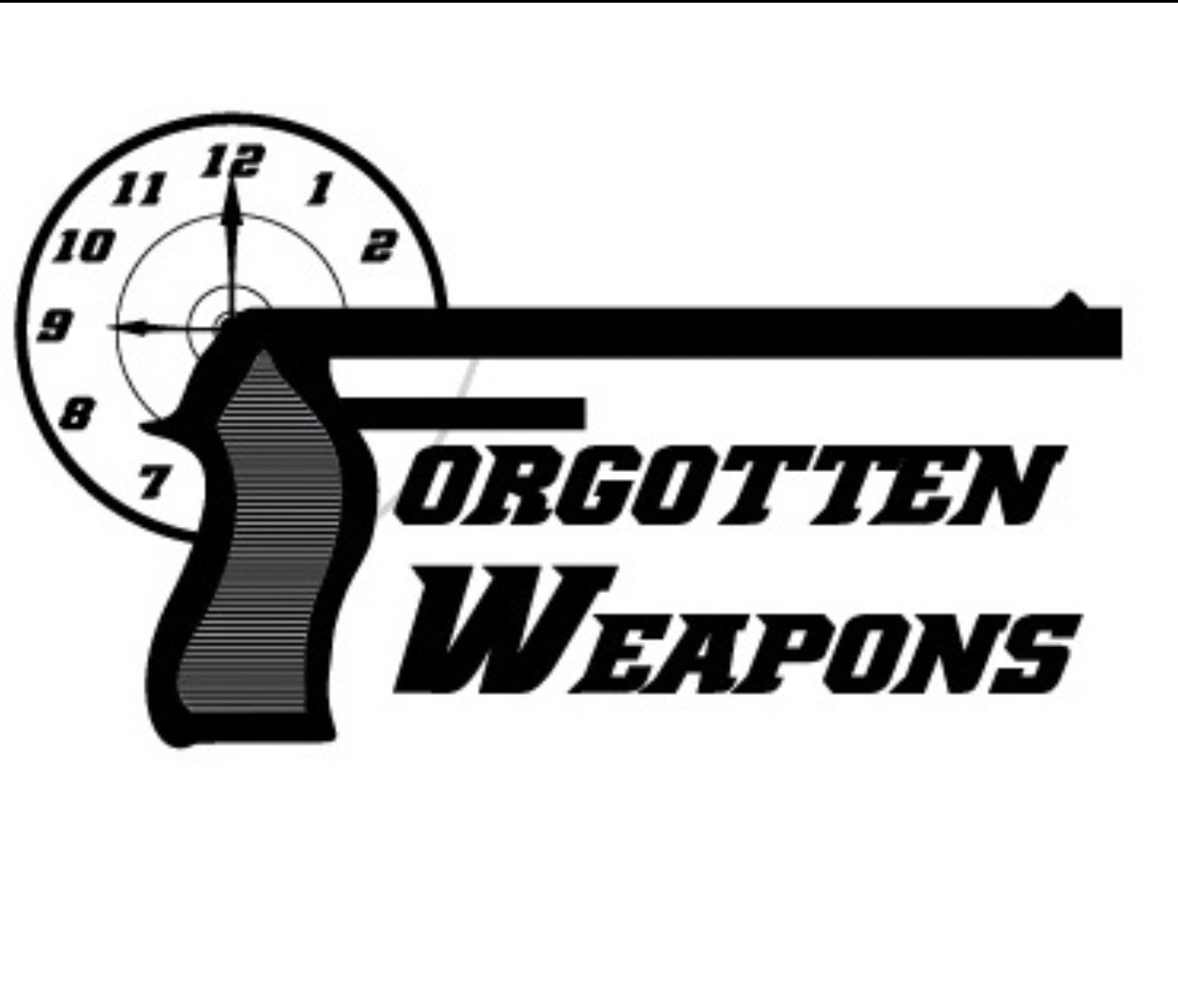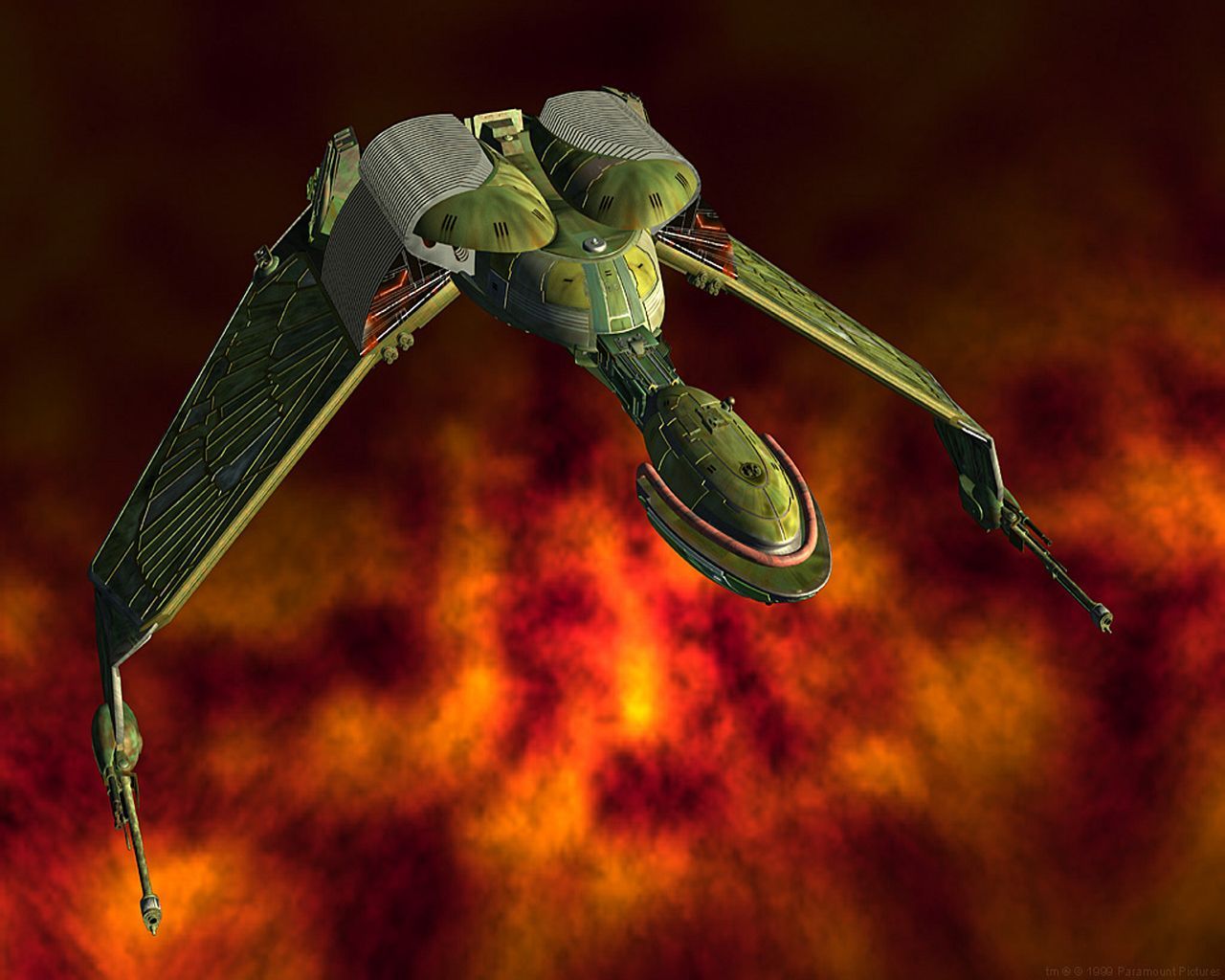This is fascinating.
The flechette had a flatter trajectory and significantly reduced drift with crosswinds. Recoil was reduced by 15% compared to 7.62x54mm. With over 3280 fps (1000 m/s) muzzle velocity, the flechette showed greater kinetic energy than 7.62x54mm.
and a 32,000 round barrel life.
This kind of accuracy in a smooth bore? Crazy! I wonder why the technology didn’t go anywhere, and why it hasn’t been picked up again. It looks great on paper, and the trials were positive. The fact that the sabot was potentially fatal up to 15m and a hazard to friendlies is understandable, but you would think that since the 80’s someone would have figured it out.
Maybe the profit loss from selling fewer replacement barrels was the reason; still, this is kind of amazing.
The U.S. looked at flechettes in the 1950s with the SPIW program. They concluded that while the idea was great on paper, and the flechettes did deliver on being a low recoil, flat trajectory projectile there were too many practical downsides associated with them. The flechettes were found to be deflected off course by even the slightest bit of foliage or even rain.
The U.S. toyed again with flechettes in the 1980s in the ACR trials, but again they were selected.
I’d presume the Soviets saw similar problems.
The article said there were conflicting results, with some trials finding excellent performance; it’s notable that, inn particular, AP was a focus.
The period is, for me, significant. Technology, and weapons technology in particular, has advanced a lot since the 50’s, certainly, and even since the more recent Russian trials in the 80’s. It does seem that between the US trails and the Russian ones technology improved enough to benefit the Russian trial, even if it wasn’t ultimately adopted.
The only reason stated in the article was the dangerous sabot issue; the round and gun itself seems to have performed admirably. The started reason it wasn’t adopted - that I find, anyway, is that the sabot introduced unacceptable friendly fire risk - being undirected and potentially lethal out to dozens of meters.
I wanted to provide some additional reasons not found in the article. Despite deflection issues not being listed, pointing out that the U.S. encountered them creates a reasonable point of speculation that so did the Soviets.
Fair enough! At those round weights, it’s also unsurprising.
Regardless, it seems a if there would be several potential applications where deflection might be less important. I’m just surprised nobody seems to be researching or offer anything.
Would not handguns also see the same benefits? Thinking through it, deflection might be even more damaging for some uses, like home defense. If the rounds are effectively light AP (more that standard ammo), they’re not only going through walls, but then off at some arbitrary angle, and that wouldn’t be good.
This is military rather than private defense driven, and in the military arena flechettes seem to periodically reappear. There always seems to be someone interested in them, but for small arms they seem unable to get past some of the issues that were identified early. Tank sabot penetrator rounds are more or less the same thing, but scaled up and with that increased size and specific use they are quite popular.
For personal self defense handguns, while flechettes don’t have the downside of deflection, many of their upsides become irrelevant. This leads to trying to sell a more expensive ammunition to go in what would be a small selection of guns and not doing the actual task any better than conventional rounds.
not doing the actual task any better than conventional rounds.
Except AP, right? And if so, legislation would be harsh; c.f. SS190 5.7x28. I understand the actual AP capability is questioned, but it’s hard to evaluate because it’s hard to get. I also understand that this is because LE gets twitchy about AP ammo and the NFA tends to cave on any legislation LE Unions get behind.
The legislation already exists.
18 U.S.C., § 921(a)(17)(B):
A projectile or projectile core which may be used in a handgun and which is constructed entirely (excluding the presence of traces of other substances) from one or a combination of tungsten alloys, steel, iron, brass, bronze, beryllium copper, or depleted uranium; or [irrelevant section on jacketed ammunition]
It would be difficult to produce flechettes not caught by that existing definition.
Putting aside legality and assuming that is overcome, it would still be an uphill fight in the market. I would posit that the majority of people buying handguns do not highly weight armor penetration as a factor. Any company going into flechettes as an armor piercing solution would have to eat all the R&D costs to get flechettes that sufficiently penetrate armor from a pistol length barrel, produce or partner with an ammunition company to produce this new and expensive ammunition that only works for one brand on the market, produce and sell handguns for this. All hoping to recoup costs by catering to the subset of the market that is willing to pay significantly higher prices just for armor penetration.
The only viable customer for a company to pitch flechettes to is the military, and once more- all of the rifle attempts have had insurmountable problems. Investing in flechette handguns simply wouldn’t be worth the time, as handguns are considered of low importance to small arms and current calibers work well enough. Even armor piercing 5.7mm never caught on widely for military adoption.



